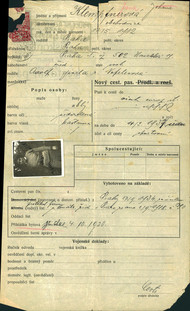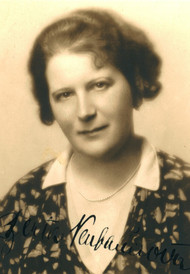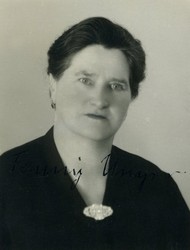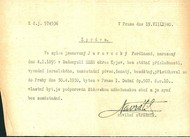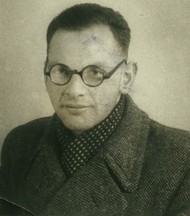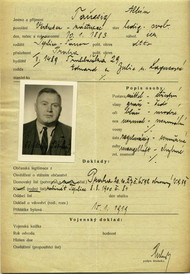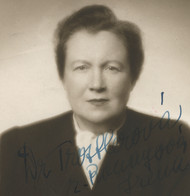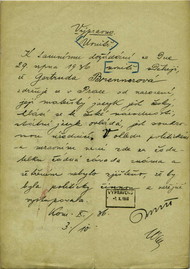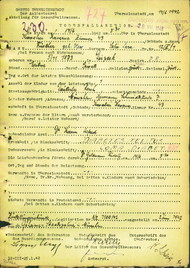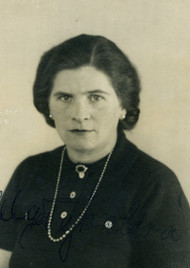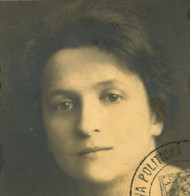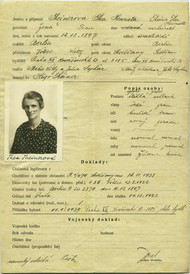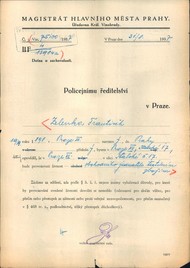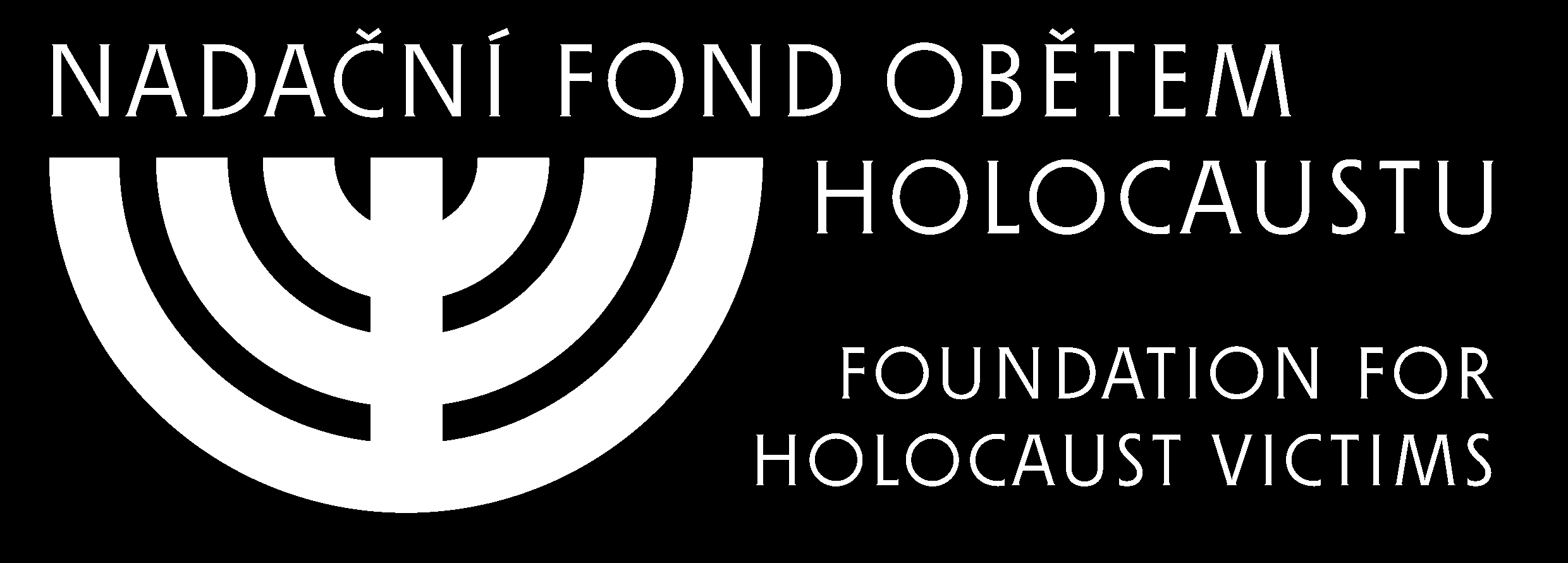In the summer of 1942, Roma and Sinti in the Protectorate found themselves facing a form of persecution targeting them only
on the basis of race
, regardless of all other circumstances. Crucial was the adoption of the decree on combating the gypsy
plague
by the Protectorate Minister of the Interior Richard Bienert on June 24, 1942, respectively its implementation order
of July 10, 1942. The decree was issued by the commander-in-chief of the non-uniformed Protectorate Police Horst Böhme, whose
office was assigned the agenda of combating gypsy plague
in the Protectorate.1 Again, it was a measure that copied the German
regulation of the same name, which had been in force in the Reich since the end of 1938.2 Among other things, the decree
ordered a new official register of all people labelled as gypsies
. A similar census of gypsies
on the basis of the so-called
Festsetzungserlass (decree on the permanent detention of gypsies
on the spot) had taken place in the Reich already in October
1939.3
![[CikanipostaveninarovenZidu.Venkov11.04.194237(86).s.2.jpg]](https://c.holocaust.cz/images/CikanipostaveninarovenZidu.Venkov11.04.194237(86).s.2.jpg)
Ill. 3: Gypsies put on the same level with the Jews
. In: Venkov. Orgán České strany agrární. [The Land. Organ of the
Czech Agrarian Party], Prague, 11 April 1942, No. 37, p. 2.
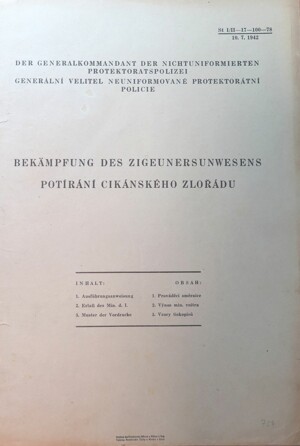
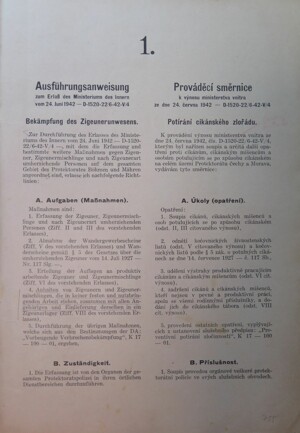
Ill. 4: Title and first page of the order of the Commander-in-Chief of the Non-uniformed Protectorate Police of 10 July 1942
No. St I / II-17-100-78 Combating the gypsy plague
.
Following the order on Combating the gypsy plague
, protectorate gendarmerie and police in cooperation with the district and
municipal authorities, registered all gypsies, gypsy half-breeds and people living in a gypsy
according to the instructions
of the German criminal police during 1 – 3 August, 1942. They prepared an extensive documentation on everyone, filled out
questionnaires both in Czech and German, took photographs and fingerprints. Gendarmes and police officers were to pay special
attention to the evaluation of all data on family background, going back three generations. All documents created during this
process were to be handed over to the Center for criminal investigation in Prague. Specific instructions were given at a work
meeting of the commanders of the criminal police departments, the commanders of gendarme stations and the commanders of detention
camps
taking place in Prague at the Center for criminal investigation, which was responsible for resolving the gypsy question
in
the Protectorate, on July 15, 1942. The documents were collected by the Reich Central Office for Combating the Gypsy Plague
(Reichszentrale zur Bekämpfung des Zigeunerunwesens
).4
The decision as to whether a person is a gypsy
or a gypsy half-breed
was left in the first instance to the individual police
officers conducting the census. However, their decisions were preliminary.5 The Center for criminal investigation in Prague
later made the final decision on „racial affiliation“ and thus on the fate of individuals. It took them several months
to complete this process.
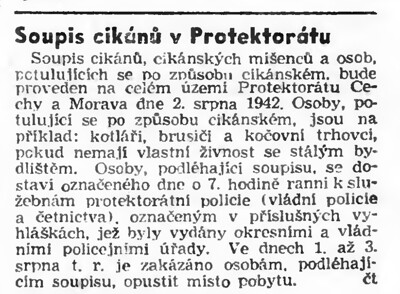
Ill. 5: Census of Gypsies in the Protectorate
. In: Lidové noviny. [The people’s newspaper], Brno, July 31, 1942, No. 50
(noon edition), p. 2.
Next chapter: Concentration in „gypsy camps“


